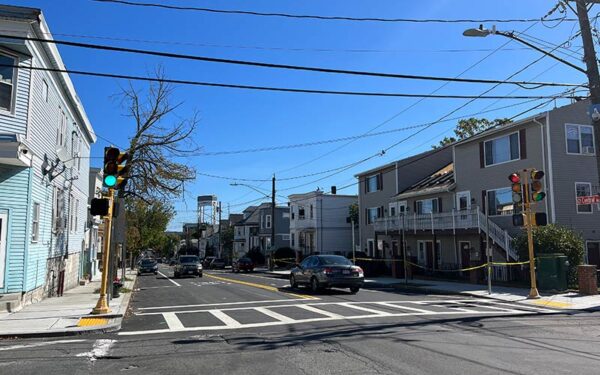
Transforming New England’s Energy System
New England’s coal-fired power plants were at their peak when CLF opened its doors 50 years ago. The majority of the region’s coal fleet came online in the post-war boom years of the1950s and 1960s and they would go on to dominate our region’s electricity mix for decades. Today, however, only a handful of these dirty power generators remain, a mix of environmental pressures and market forces having brought the industry to its knees. By 2020, with a significant push from CLF, New England is expected to be coal free for good.
The question now is what kind of energy will step in to take coal’s place. Over the past decade, lawmakers and industry wonks have thrust natural gas into the energy spotlight as the “next big thing.” Indeed, cheap and abundant natural gas helped hasten the coal industry’s demise and it has come to overshadow other fuels on the electricity grid. When oil prices skyrocketed a few years ago, it also became the go-to fuel for heat, and homes and businesses throughout New England scrambled to sign on.
So too for our region’s governors and energy regulators, who virtually swooned when Big Gas came knocking with promises of more cheap domestic gas. But all that gas comes with two big catches. The first is that enormous new pipelines will need to be cut through New Englanders’ backyards in order to deliver that gas, and the region’s electricity customers will be on the hook to pay for them.
The second catch is that indiscriminate adoption of natural gas in New England will make it impossible to end the region’s addiction to climate-polluting fossil fuels – which is imperative if the region is to meet its aggressive goals for cutting emissions of damaging greenhouse gases. CLF has never stood silent when a bad idea is thrown our way, and the irrational exuberance for Big Gas has been no exception. First, CLF fought against oil and gas giant Kinder Morgan’s proposal for an oversized and unnecessary new pipeline, heralding the news when, earlier this year, the company canceled the project in the face of legal hurdles and strong on-the-ground opposition.
With other pipelines proposals waiting in the wings, CLF took its case against the gas industry – and state regulatory agencies – to the Massachusetts Supreme Judicial Court, which ultimately agreed that the so-called “pipeline tax” financing scheme was illegal. New Hampshire’s Public Utilities Commission came to the same conclusion just a few months later. These victories put the business case for any new gas pipeline on shaky ground.
At the same time, CLF is working to ensure that proposed new natural gas power plants don’t sink New England’s climate goals, with ongoing battles in Rhode Island and Massachusetts heating up.
But these victories alone are not enough. The reality is that for New England – and the entire country – to meet the targets agreed to in the just-ratified Paris Climate Agreement, let alone state-based climate goals, the pressure is on to decarbonize our economy. In other words, to make the switch from powering homes and businesses with outdated fossil fuels to running them on clean, local energy, New England needs to do more than avoid the natural gas trap. It must aggressively cut carbon emissions while adopting policies and projects that boost low-cost, home-grown, renewable energy.
Large-scale renewable energy combined with new technologies – small-scale solar and wind, for example, and a smarter grid – can potentially transform our energy system, but only with the right policies and incentives in place. Similar policies and technologies can also lead customers to curb their demand – encouraging energy efficiency and allowing New England to reduce its electricity usage overall.
Market reforms, too, are necessary if the region is to cut its ties to dirty energy for good. ISO New England, the region’s grid operator, is exploring ways to make the energy market more competitive for innovative clean technologies. It has invited policy makers, regulators, industry heads, and environmental advocacy leaders like CLF to the table to help develop a road map to reform.
Ultimately, a carbon-free future is the only solution to curbing climate change. But that future can’t wait until 2050. Rapid change within the next decade is needed to ensure a healthier climate, thriving environment, and clean-powered economy for future generations of New Englanders and beyond. CLF’s unique expertise in the legislative, policy, regulatory, and legal arenas has already helped New England to break free of dirty coal and loosened Big Gas’s grip on the region’s energy future. Now, CLF is poised to shepherd in a new era of clean energy innovation, creativity, and transformation.



